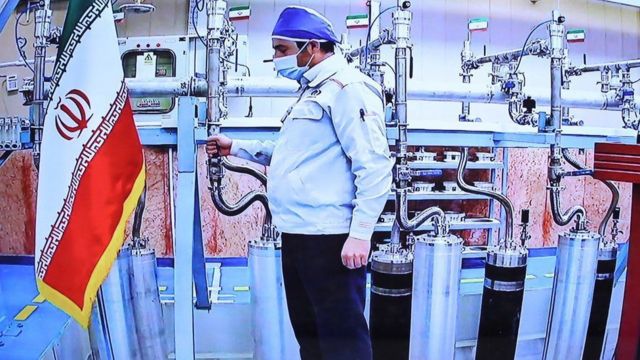
Other adverse effects were rare and minor. Lidocaine probably resulted in slightly less post‐injection pain than articaine (MD 6.41 mm, 95% CI 1.01 to 11.80 mm 3 cross‐over studies 309 interventions moderate‐quality evidence) on the same VAS.įor remaining comparisons assessing local and systemic adverse effects, meta‐analyses were not possible. When the success of anaesthesia for teeth/dental tissues requiring surgical procedures and surgical procedures/periodontal treatment, respectively, was tested, 3% prilocaine, 0.03 IU felypressin (66% with 3% prilocaine vs 76% with 2% lidocaine RR 0.86, 95% CI 0.79 to 0.95 2 parallel studies 907 participants moderate‐quality evidence), and 4% prilocaine plain (71% with 4% prilocaine vs 83% with 2% lidocaine RR 0.86, 95% CI 0.75 to 0.99 2 parallel studies 228 participants low‐quality evidence) were inferior to 2% lidocaine, 1:100,000 epinephrine.Ĭomparative effects of 4% articaine, 1:100,000 epinephrine and 4% articaine, 1:200,000 epinephrine on success of anaesthesia for teeth/dental tissues requiring surgical procedures are uncertain (RR 0.85, 95% CI 0.71 to 1.02 3 parallel studies 930 participants very low‐quality evidence).Ĭomparative effects of 0.5% bupivacaine, 1:200,000 epinephrine and both 4% articaine, 1:200,000 epinephrine (odds ratio (OR) 0.87, 95% CI 0.27 to 2.83 2 cross‐over studies 37 participants low‐quality evidence) and 2% lidocaine, 1:100,000 epinephrine (OR 0.58, 95% CI 0.07 to 5.12 2 cross‐over studies 31 participants low‐quality evidence) on success of anaesthesia for teeth requiring extraction are uncertain.Ĭomparative effects of 2% mepivacaine, 1:100,000 epinephrine and both 4% articaine, 1:100,000 epinephrine (OR 3.82, 95% CI 0.61 to 23.82 1 parallel and 1 cross‐over study 110 participants low‐quality evidence) and 2% lidocaine, 1:100,000 epinephrine (RR 1.16, 95% CI 0.25 to 5.45 2 parallel studies 68 participants low‐quality evidence) on success of anaesthesia for teeth requiring extraction and teeth with irreversible pulpitis requiring endodontic access and instrumentation, respectively, are uncertain.įor remaining outcomes, assessing success of dental local anaesthesia via meta‐analyses was not possible.įor comparisons assessing onset and duration, no clinical studies met our outcome definitions.Īdverse effects (continuous pain measured on 170‐mm Heft‐Parker visual analogue scale (VAS))ĭifferences in post‐injection pain between 4% articaine, 1:100,000 epinephrine and 2% lidocaine, 1:100,000 epinephrine are small, as measured on a VAS (mean difference (MD) 4.74 mm, 95% CI ‐1.98 to 11.46 mm 3 cross‐over studies 314 interventions moderate‐quality evidence). When the success of anaesthesia in posterior teeth with irreversible pulpitis requiring root canal treatment is tested, 4% articaine, 1:100,000 epinephrine, may be superior to 2% lidocaine, 1:100,000 epinephrine (31% with 2% lidocaine vs 49% with 4% articaine risk ratio (RR) 1.60, 95% confidence interval (CI) 1.10 to 2.32 4 parallel studies 203 participants low‐quality evidence). We reported results for the eight most important comparisons. Fifteen studies had at least one domain with high risk of bias due to inadequate sequence generation, allocation concealment, masking of local anaesthetic cartridges for administrators or outcome assessors, or participant dropout or exclusion.

Seventy‐three studies had at least one domain with unclear risk of bias.

We assessed the included studies as having low risk of bias in most domains. Only 10 outcomes from eight comparisons involved clinical testing.

We pooled data from 68 studies (6615 participants) for meta‐analysis, yielding 23 comparisons of local anaesthetic and 57 outcomes with 14 different formulations.

We included 123 studies (19,223 participants) in the review.


 0 kommentar(er)
0 kommentar(er)
